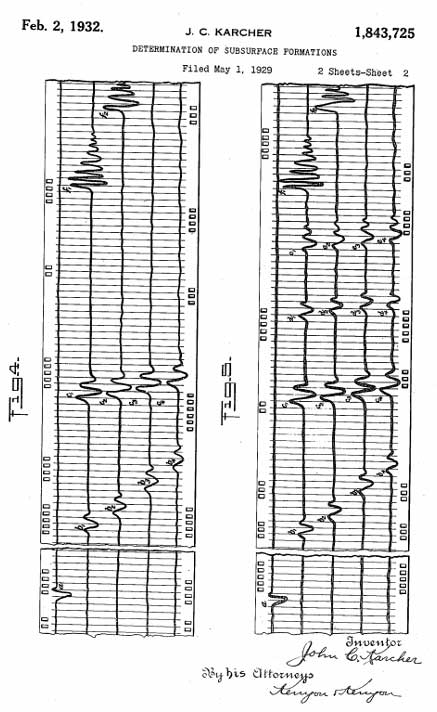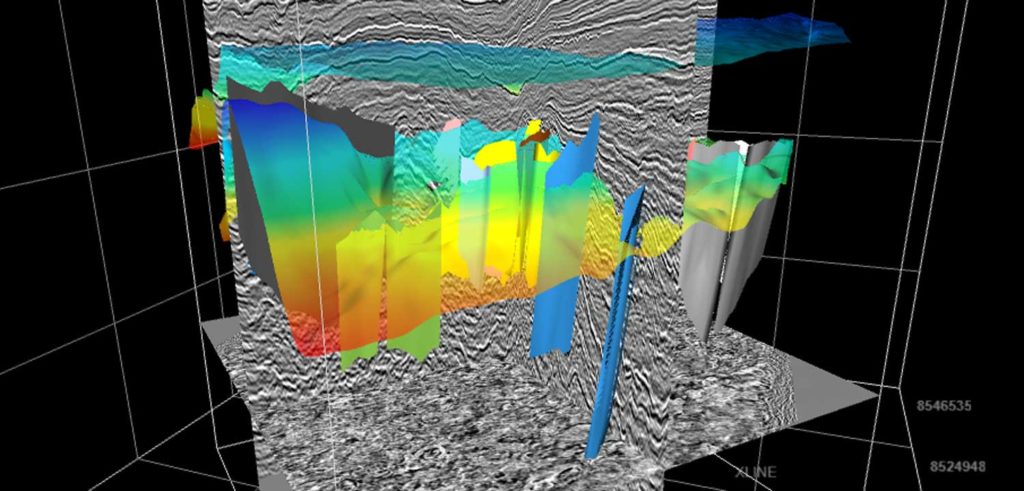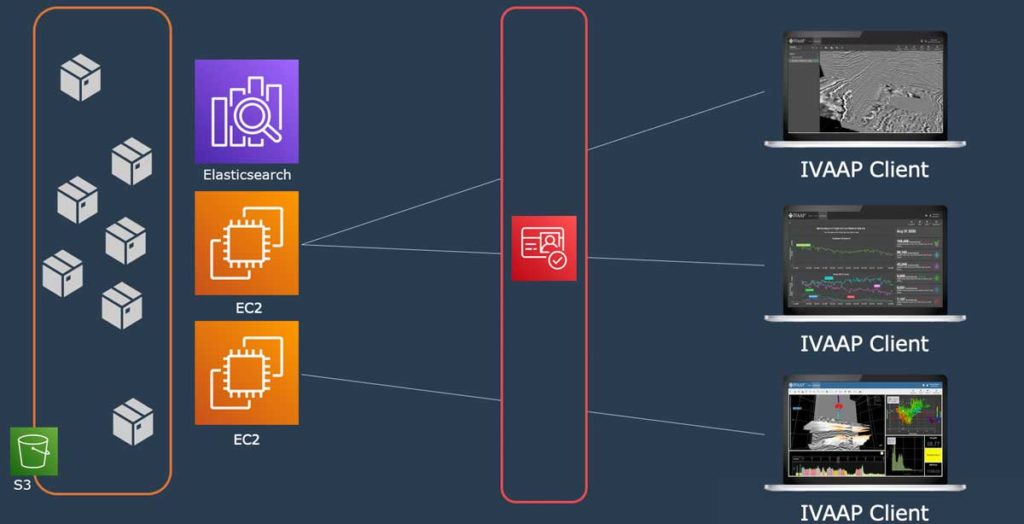The oil and gas industry is experiencing significant change. Aging workforces, low oil prices, and pressure to reduce environmental footprint are all forcing E&P companies to rethink how they operate; which is why there is so much interest in embracing digital transformation. But digital transformation is more than the use of new digital technologies to optimize workflows and improve business processes. It is the strategic application of technology, data, and people in order to achieve more desirable business outcomes.
Digital Transformation in Oil and Gas Is Fueled by New Technologies
- IoT and drones for data collection
- The cloud and associated data lakes for data management
- Real-time data streaming for asset management
- Machine Learning for analysis
Consider an approach to 3D seismic acquisition using drones and IoT, where real-time visualization of data captured in the field plays a key role in assuring accuracy and the highest quality data possible.
Seismic acquisition in complex environments with hard-to-access topography, such as dense rainforest, is expensive and hazardous. And too often, the resulting seismic imaging is of less-than-desired quality as well. To address some of these issues, TotalEnergies R&D created the METIS project (Multiphysics Exploration Technology Integrated System), with the objective of improving data quality and speed of data acquisition through real-time quality control and processing. TotalEnergies, in partnership with Wireless Seismic and SAExploration, conducted a seismic acquisition experiment in a remote area of New Guinea, using drones and Wireless Seismic’s Downfall Air Receiver Technology (DARTs). Dropped from large swarms of drones over a targeted area, DART seismic receivers can be an efficient option for gathering data in difficult-to-access areas, but to be effective they must be well-positioned and operational. Therefore, it is necessary to quickly validate the positioning and data quality from the DARTs.
To confirm that DARTs are positioned correctly, data is captured from each DART receiver during the drop, and proprietary calculations are used to monitor how successful the geophone drop has been. Immediate visualization of the drop analyses is essential to the operation. If any of the DARTs fail to land properly or seismic data is faulty or missing, the system command center can make adjustments in real-time to optimize the acquisition plan. This real-time monitoring and optimization minimize data problems that might otherwise require reshooting parts of the survey: which would be an expensive waste of resources, time, and money.
Effective Collaboration Between Oil Companies and Service Companies Is Required
Effective collaboration does not mean giving up proprietary intellectual property, but users on both sides must be prepared to be flexible and willing to integrate. We can start by making data accessible to all the stakeholders in a project. Too often, information is siloed as various disciplines tend to use their own local systems and work independently. They don’t share ideas and seek advice from each other as much as they should. By getting data out of the local systems and centralizing that data in the cloud, it can be made accessible to anyone who needs it.
Data also needs to be easier to find. Oftentimes, explorationists spend up to 40% of their time not just searching for data but searching for the right data. We need improved data delivery so that explorationists have the right data at their fingertips when they need it, including better incorporation of real-time data in the decision-making process. We also need to make it possible to integrate disparate data. This will be especially important for effective machine learning, analytics, and advanced visualization.
Adoption of cloud technologies and cloud data lakes services makes it possible to create metadata and indexes which can be used to organize all the data in a project—thereby facilitating intelligent searches and quick access to the exact data needed for analysis and interpretation. Access is greatly simplified when all the data is in one place. Centralized data, when organized by good metadata and indexing, also makes it easier to integrate disparate data for analytics or machine learning.
A good industry example is the Open Subsurface Data Universe™ (OSDU) Forum, supported by nearly 200 operators and service companies. OSDU was formed to establish an open subsurface data model and reference architecture with implementations for all the major cloud service providers. The OSDU promotes application standards (APIs) to ensure that all applications, developed by various parties, can run on any OSDU data platform. The goal of OSDU is to deliver the same value and services while running on different cloud service providers and in different data centers.
The new architecture and data model standards can then be completed with an application layer that will enable all your data to be accessible from a single place, make data searchable and discoverable, provide tools to integrate domain expert workflows and leverage AI/ML models, and deliver a collaborative work environment with advanced visualization to quickly share information between users and drive better decisions.
User Adoption Is Critical to a Successful Digital Transformation
To fully benefit from digital transformation, companies must change their way of working. They have to embrace new concepts such as remote workforces and virtual teams – where collaboration between teams is a key to successful projects. Users need to be fully onboarded to understand the functionality and benefits of the new digital processes, and the reasons behind the change. Rethinking software is also a must. Applications must be web-aware and mobile-responsive. And as more millennials come into the workforce, they bring with them an expectation that enterprise applications/systems embed domain expertise and behave as intuitively as the applications they have become used to on their tablets and smartphones.
Strong User Adoption Requires Advanced Visualization and Collaboration
In order to be effective, digital transformation must be holistic and integrate as much of the workflow as possible. Productive collaboration among exploration and production teams is too often prevented by a lack of effectively integrated visualization of subsurface data. This can be mitigated by solutions that enable all your data to be accessible from a single place, searchable, and deliver a collaborative work environment with advanced visualization to quickly share information between users and drive better decisions. Furthermore, these new solutions can integrate expertise from multiple domains and bring consistency to their workflows by using common visualization components across all their applications—thereby creating a superior single app experience.
You cannot empower collaboration and improve operational efficiency if you still operate in silos. The ultimate goal would be a single system, with a mechanism to aggregate and integrate data, built from as many common shared components as possible. These commonly shared components may come from different local systems or perhaps different vendors.






